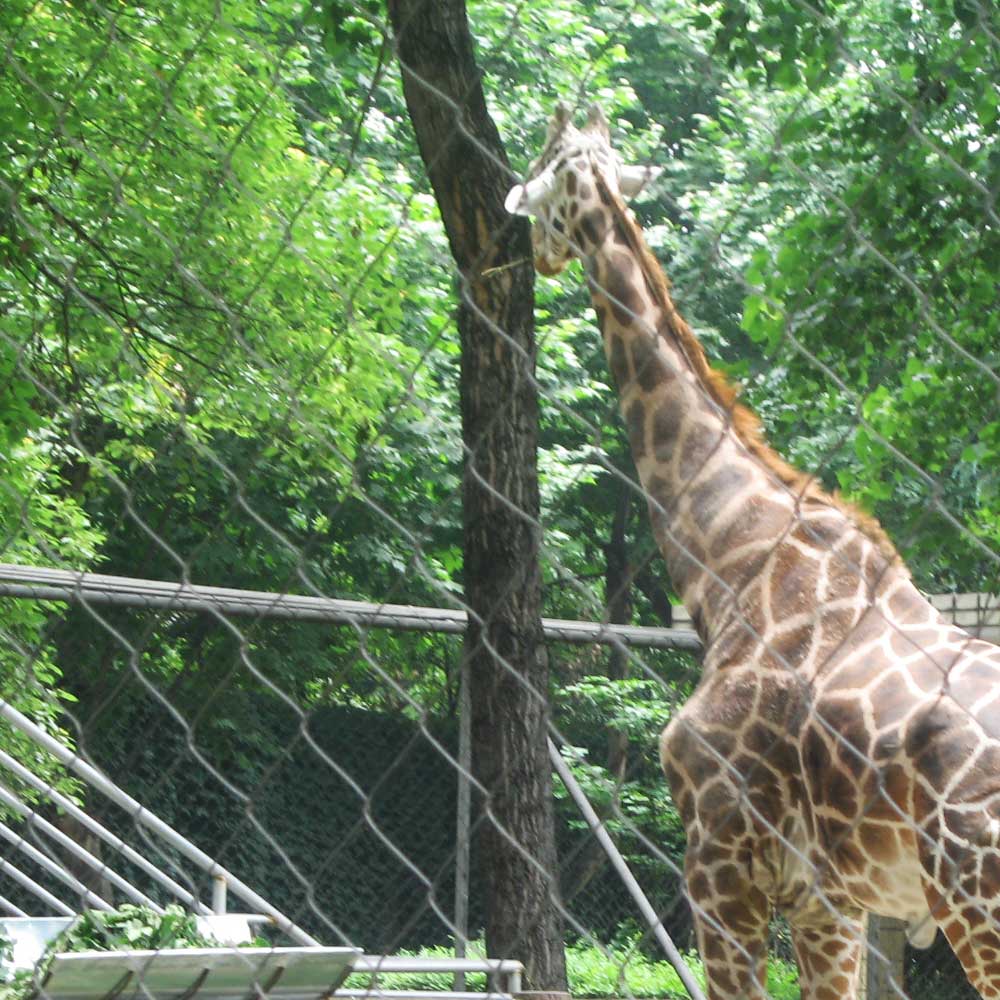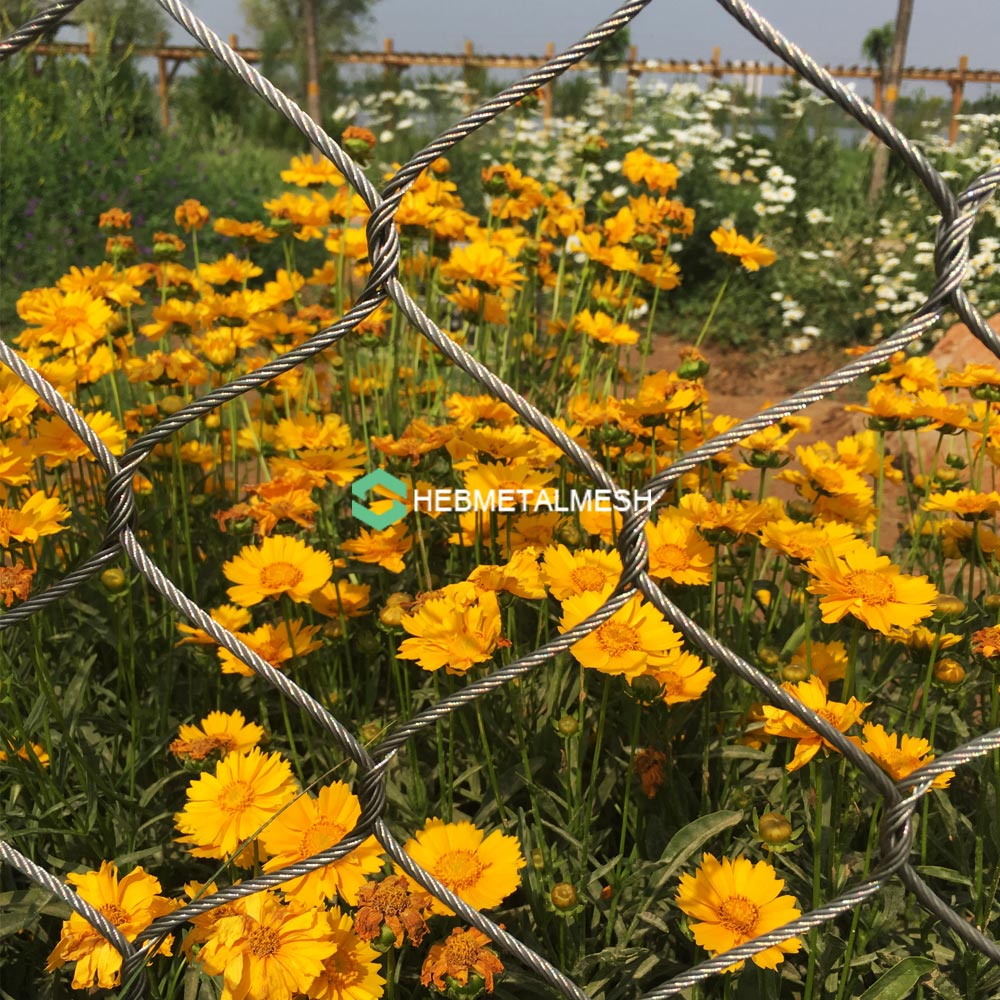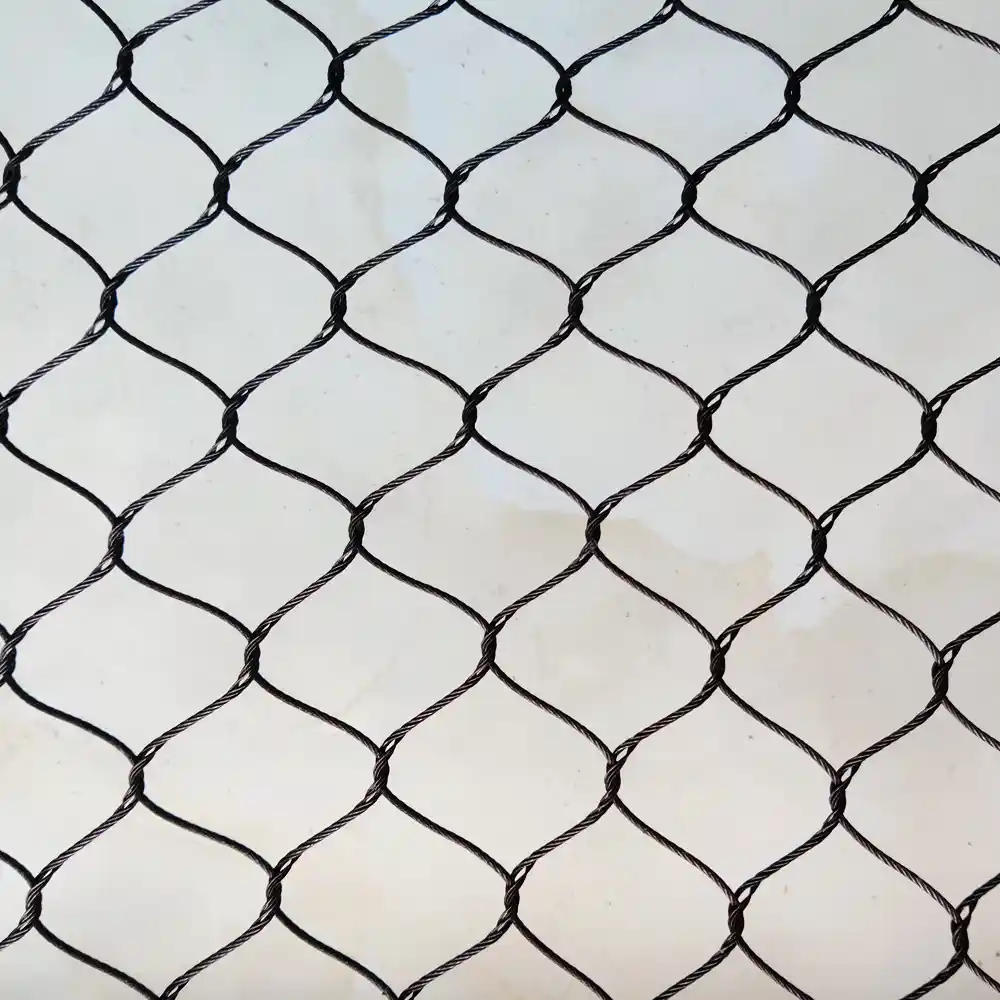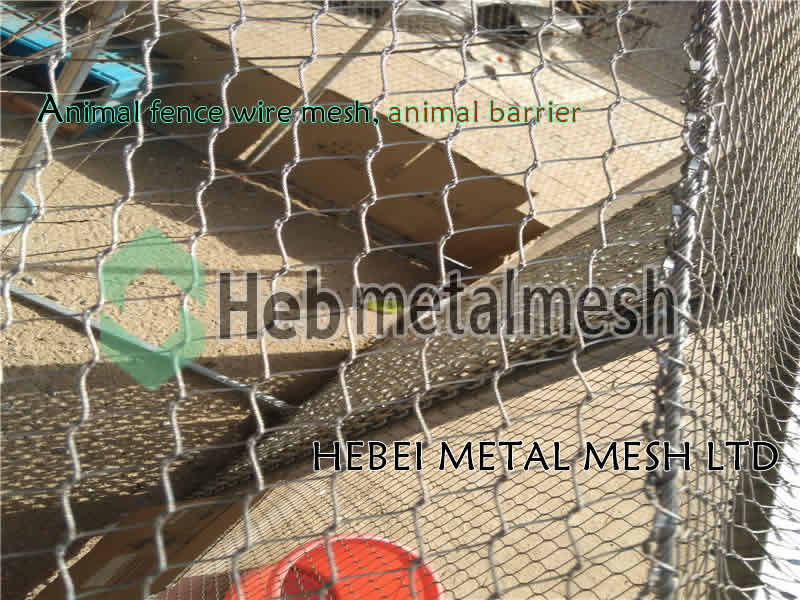The world of animal management and property protection is vast and complex.
One tool that stands out for its versatility and effectiveness is the animal fence wire mesh.

This humble yet powerful barrier serves multiple purposes, from wildlife exclusion to farm fencing. It’s a solution that’s as practical as it is adaptable, fitting into various landscapes and meeting diverse needs.
In this article, we delve into the common uses of animal fence wire mesh. We explore its role in creating robust animal barriers, protecting livestock, and safeguarding gardens and properties.
Whether you’re a farmer, a property manager, or a wildlife conservationist, this guide will provide you with valuable insights.
Join us as we unravel the many applications of this essential tool in animal management and property protection.
Understanding Animal Fence Wire Mesh
Animal fence wire mesh is a type of fencing material made from interwoven strands of wire.

It forms a grid-like structure that serves as a barrier, preventing animals from crossing into or out of a designated area.
Characteristics and Selection Criteria
The effectiveness of an animal fence wire mesh largely depends on its characteristics.
Key factors include the gauge of the wire, the size of the mesh, and the material used.
The wire gauge refers to the thickness of the wire. A lower gauge number indicates a thicker wire, which is more durable and resistant to damage.
The mesh size, or the size of the openings in the grid, should be chosen based on the size of the animals you aim to control. Smaller mesh sizes are ideal for excluding small animals, while larger sizes can be used for larger animals.
The material of the wire mesh can vary, with options including stainless steel, galvanized steel, and coated wire. Each material has its own advantages and considerations in terms of durability, cost, and environmental impact.
Environmental and Ethical Considerations
When using animal fence wire mesh, it’s crucial to consider its environmental and ethical implications.
The mesh should be installed in a way that minimally disrupts the local ecosystem. It should not harm the animals it’s designed to control or exclude.
Moreover, in areas where wildlife movement is essential, the design of the fence should allow for safe passage. This can be achieved by incorporating wildlife corridors or gaps at appropriate intervals.
Applications in Wildlife Management and Conservation
Animal fence wire mesh plays a crucial role in wildlife management and conservation efforts.

It provides a non-lethal method of controlling animal movement, helping to prevent human-wildlife conflict and protect vulnerable habitats.
Wildlife Exclusion and Habitat Protection
One of the primary uses of animal fence wire mesh is for wildlife exclusion.
By creating a physical barrier, it prevents animals from entering areas where they could cause damage or pose a threat to human safety.
At the same time, it can also be used to protect critical wildlife habitats from human intrusion, helping to preserve biodiversity.
Case Studies of Effective Use
There are numerous examples of successful applications of animal fence wire mesh in wildlife management.
In one case, a national park used wire mesh fencing to prevent deer from overgrazing certain areas, allowing vegetation to recover.
In another instance, a community used wire mesh fences to deter bears from residential areas, reducing human-bear conflicts and promoting coexistence.
Farm Fencing and Livestock Protection
Farmers and ranchers often turn to animal fence wire mesh for its durability and versatility.

It serves as a robust barrier, keeping livestock contained while deterring predators and pests.
Predator Deterrence and Livestock Safety
Wire mesh fencing is particularly effective in protecting livestock from predators.
The mesh design makes it difficult for predators to penetrate, providing a secure environment for animals.
Moreover, the visibility of the wire mesh can act as a deterrent, discouraging predators from approaching in the first place.
Integrating Wire Mesh with Other Farming Practices
Wire mesh fencing can be integrated with other farming practices for enhanced livestock management.
For instance, it can be used in rotational grazing systems, allowing farmers to control the movement of their livestock and manage pasture growth.
Additionally, wire mesh can be combined with electronic monitoring systems for improved farm security and animal tracking.
Residential and Commercial Property Applications
Animal fence wire mesh is not limited to agricultural settings.

It also finds extensive use in residential and commercial properties, providing a cost-effective solution for animal exclusion and property security.
Garden Protection and Property Security
Wire mesh fencing can be used to safeguard gardens from wildlife, preventing damage to plants and property.
It can also serve as a barrier against pets, keeping them within the property boundaries.
Moreover, wire mesh fencing can enhance property security by deterring unwanted animal intrusions.
Customization and Aesthetic Considerations
One of the advantages of wire mesh fencing is its adaptability.
It can be customized to fit the specific needs and aesthetics of a property.
For instance, coated wire mesh can be chosen to blend with the landscape, balancing functionality with visual appeal.
Installation, Maintenance, and Sustainability
Installing an animal fence wire mesh requires careful planning and execution.

Proper installation ensures the fence’s effectiveness and longevity, while regular maintenance helps maintain its integrity.
Tips for Proper Installation and Tensioning
The effectiveness of a wire mesh fence largely depends on its proper installation.
The fence should be tensioned correctly to withstand the pressure exerted by animals.
Moreover, the fence posts should be sturdy enough to support the weight of the wire mesh.
Longevity and Recycling of Wire Mesh Materials
Wire mesh fences are known for their durability.
However, like any other material, they have a lifespan and need to be replaced after a certain period.
Fortunately, wire mesh materials can be recycled, contributing to sustainability and reducing environmental impact.
Conclusion
In conclusion, animal fence wire mesh serves a multitude of purposes.
From wildlife management to property protection, its versatility and durability make it an invaluable tool in various settings.


